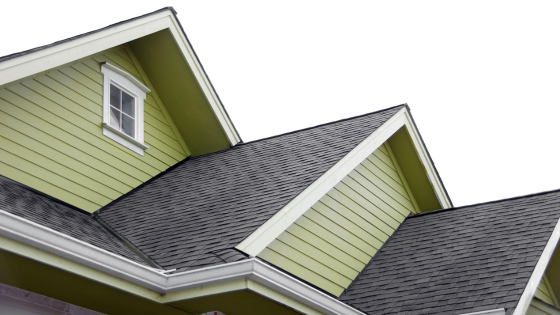Your roof is one of the most important features of your home. Without a good roof, your shelter isn’t really a shelter. While it’s easy to take your roof for granted, it is subjected to rain, wind, sun, and falling branches year after year. Like your favorite pair of shoes, your roof will wear out over time, until eventually, it will need to be replaced. Whether that day will be in 15 years or 25 years is up to you. The steps you take today will help determine how long your roof stays strong and healthy.
Ready to learn more? Below you’ll find answers to the top six questions about how to extend the life of your roof.
Q1: How Long Do Roofs Last?
Many roofs last for around 20 to 30 years, with lifespans depending on the roofing materials. According to InterNACHI, asphalt shingles typically last 20 years, whereas wood roofs last an average of 25 years. Metal roofs last 40 to 80 years, and slate roofs last 60 to 150 years.
Q2: How Much Does It Cost to Replace a Roof?
A new roof tends to be expensive. Exactly how much it will set you back will depend on a few factors, including the type of roof and the square footage.
According to Architectural Digest, a new roof typically costs between $15,159 to $27,580 on average, but you may end up paying significantly more or less than this. Asphalt shingles cost as little as $4.25 per square foot, but copper roofing costs as much as $20 per square foot. If you need to cover 1,500 square feet, that’s $6,375 for the asphalt shingles and $30,000 for the copper roofing. You also need to consider geographical variations in the cost of labor, supplies and permit requirements. Where you live can make a big cost difference.
Q3: Why Is It Important to Replace Your Roof?
Given the prohibitive cost of roof replacement, many homeowners procrastinate. However, if your roof is on its last legs, replacing it is important. An old roof might not look good, although the aesthetics are only a small part of the problem. Old roofs may not be structurally sound anymore, meaning they are vulnerable to storm damage and leaks. Old roofs may also have low energy efficiency and even suffer from mold.
Q4: What Types of Maintenance Will Keep Your Roof Healthy?
Eventually, you will need to replace your roof. However, proper care may help you extend its life:
- Have your roof inspected annually. Repair any broken or missing shingles.
- Keep your roof clean. Remove debris from the roof and gutters.
- Trim trees. Branches that scrape against the roof may cause damage. Keep your trees pruned to avoid this.
- Watch for signs of damage. Keep an eye out for signs of water damage or mold, which may indicate a leak.
- Some roofs need regular treatments. For example, wood roofs may require a professionally-applied treatment every few years.
Q5: Is it Possible to Extend the Lifespan of Your Roof?
In addition to basic maintenance, a roof coating may extend the life of your roof.
Silicone coatings are a popular choice. A silicone coating will help your roof withstand the elements, which is important in an environment like Hawaii. Other coatings (such as acrylic coatings) are also available.
Before deciding on a coating, talk to some professional roofers about:
- The types of coating that are appropriate for your roof. This will depend on your roof’s age and material.
- The cost of the coating. Since prices vary, it’s a good idea to compare quotes. Keep in mind that the lowest offer isn’t always the best deal. Check reviews and make sure you’re dealing with a reliable company.
- How many years the coating will add to the life of your roof. Consider whether the coating is worthwhile or if it would make more sense to replace your roof.
Q6: Does Homeowners Insurance Cover Roof Replacement?
Homeowners insurance does NOT cover wear and tear damage. This means your insurance will not pay to replace a roof damaged due to old age.
If your roof is damaged by a covered peril, your insurance should help pay for the repair or replacement, but there are a couple of caveats. First, flood insurance and hurricane insurance are separate policies in Hawaii, meaning homeowners insurance excludes these losses. Second, your policy may only cover your roof for its cash value, not its replacement cost value. If your roof is old, the cash value may be low, meaning your insurance payout won’t be enough to cover the cost of a new roof.
Do you have questions about how your insurance covers your roof or do you need to secure additional insurance? An agent can help you.

